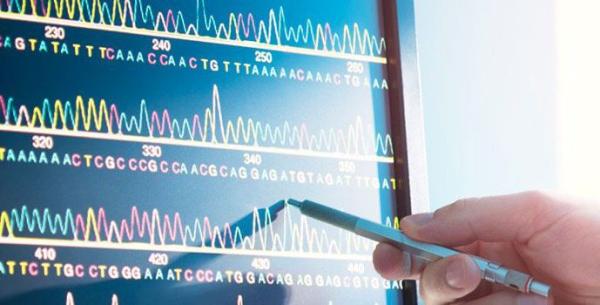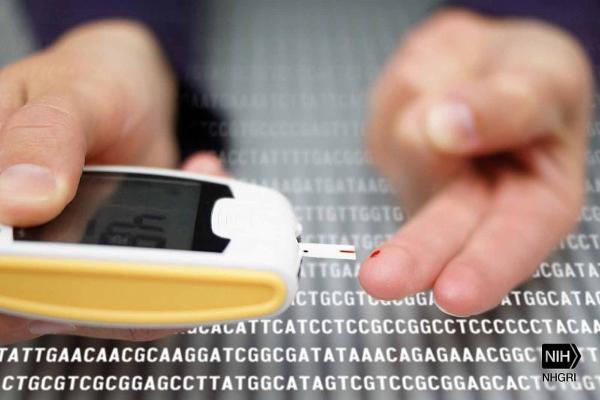Genetic Sequencing Solves Drug Reaction Mystery
Immune System Genes Linked to Severe Side Effects in Patients with Rare Disease
When you run the largest-ever study of a rare childhood disease, you become the go-to person when your peers notice something peculiar in patients with the illness. It was not too surprising, then, when a researcher from Stanford University in Palo Alto, California, asked IRP investigator Michael Ombrello, M.D., to help her team follow a new lead in the mystery of why some patients with a rare inflammatory condition called Still’s disease were coming down with a life-threatening lung ailment. The results of their collaboration could lead to a new precision medicine approach that individualizes therapy for Still’s disease based on patients’ DNA.










